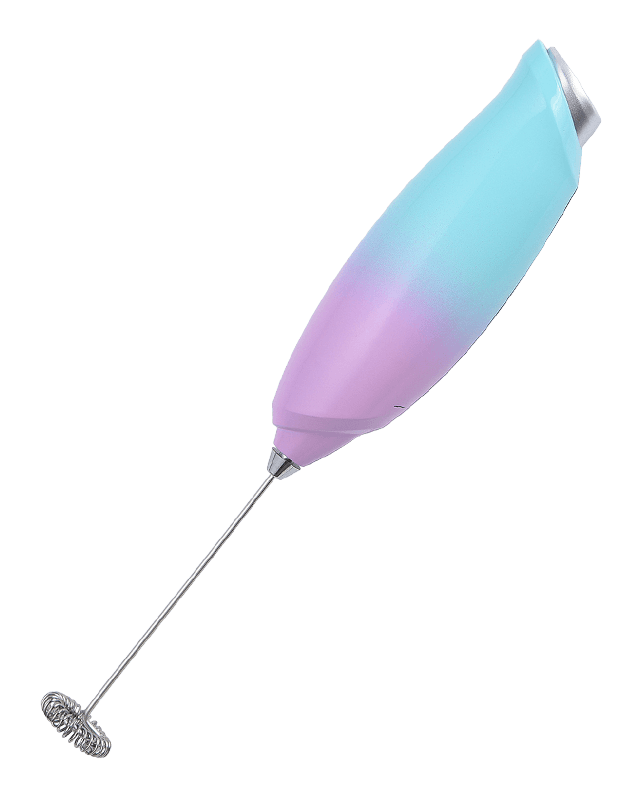The length and thickness of the wires in a whisk play a crucial role in determining its performance in whipping and beating tasks. Here's a breakdown of their impact:
Whipping Efficiency: Longer Wires: The elongated nature of longer wires enhances the sweeping motion during whisking, covering a more extensive surface area in each stroke. This not only increases the efficiency of air incorporation but also facilitates uniform blending of ingredients, especially crucial when dealing with larger batches.
Shorter Wires: In situations demanding precision, such as working with smaller amounts or intricate recipes, shorter wires provide a concentrated whisking action, ensuring meticulous control over the aeration process.
Aeration and Volume: Thicker Wires: The robustness of thicker wires allows for a more forceful whipping action, promoting greater volume in the mixture. This is particularly advantageous for recipes like soufflés or chiffons, where achieving optimal height and fluffiness relies on substantial aeration.
Thinner Wires: When delicacy is paramount, thinner wires are adept at introducing a controlled amount of air. This proves beneficial in scenarios where aeration needs to be subtle, such as with certain cake batters or custards.
Stability and Control: Thicker Wires: The inherent sturdiness of thicker wires contributes to stability and control, preventing unwanted bending or deformation during vigorous whisking. This is especially crucial when dealing with denser mixtures, as the whisk maintains a reliable structure under the pressure of rigorous blending.
Thinner Wires: More flexible, thinner wires offer heightened control, adapting to the consistency of lighter mixtures. This allows for a nuanced approach, essential in applications like gently folding ingredients or whisking egg whites for delicate soufflés.
Ease of Use: Longer Wires: Extended wire length facilitates effortless reach into deeper bowls, ensuring thorough mixing without the need for excessive movement. This proves advantageous in professional kitchens where efficiency is paramount, particularly when dealing with large-scale production.
Shorter Wires: Whisks with shorter wires are designed for precision in smaller containers, enabling chefs to navigate confined spaces with ease. This is particularly useful in situations where accuracy and controlled whisking are essential, such as when working with limited quantities of specialty ingredients.
Speed of Whisking: Thicker Wires: The durability of thicker wires allows for more aggressive whisking, leading to a quicker incorporation of air. This speed is advantageous when time is a critical factor or when dealing with recipes that benefit from a rapid aeration process.
Thinner Wires: In contrast, thinner wires accommodate a more deliberate pace, suitable for tasks that demand a slow and controlled approach. This can be vital in applications where precision is prioritized over speed, such as when achieving specific textures in delicate desserts.
Material Compatibility: The choice of material for the wires, commonly stainless steel for its durability, corrosion resistance, and ease of cleaning, complements the length and thickness considerations. High-quality materials ensure that the whisk maintains its performance characteristics over time, withstanding the rigors of professional kitchen use.
Balance and Ergonomics: Achieving an optimal balance between wire length and thickness contributes to the overall ergonomic design of the whisk. A well-balanced whisk reduces hand fatigue during extended use, ensuring comfort for chefs in high-paced kitchen environments where efficiency and precision are paramount. This ergonomic consideration is integral to the design of professional-grade whisks, enhancing both usability and user satisfaction.
Milk Frother, Milk Foamer, Coffee Mixer, Mini Mixer, Stirrer, Whisk EP-568-1

Milk Frother, Milk Foamer, Coffee Mixer, Mini Mixer, Stirrer, Whisk EP-568-1




 English
English
 Français
Français
 Español
Español
 Deutsch
Deutsch
 日本語
日本語





























